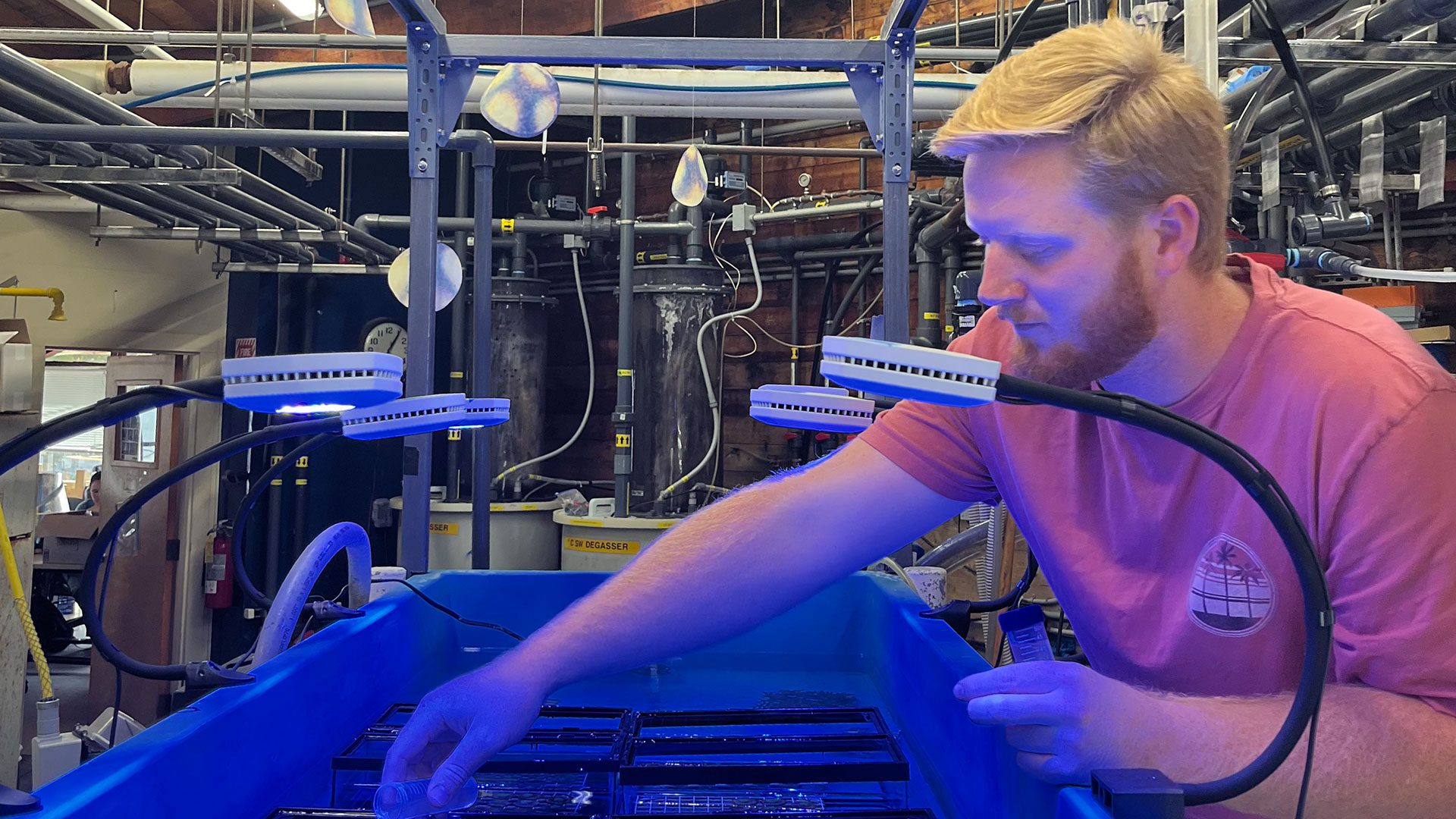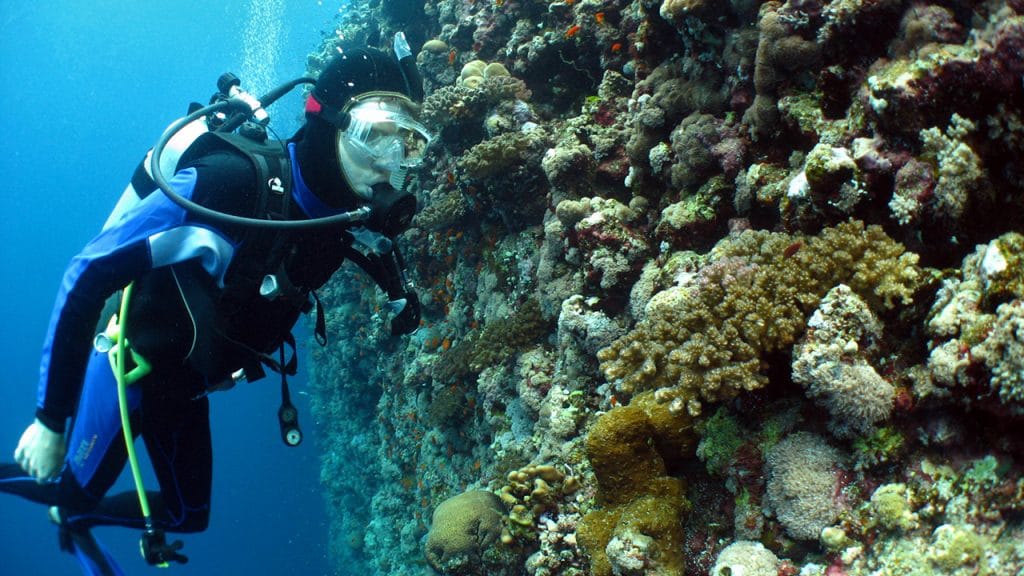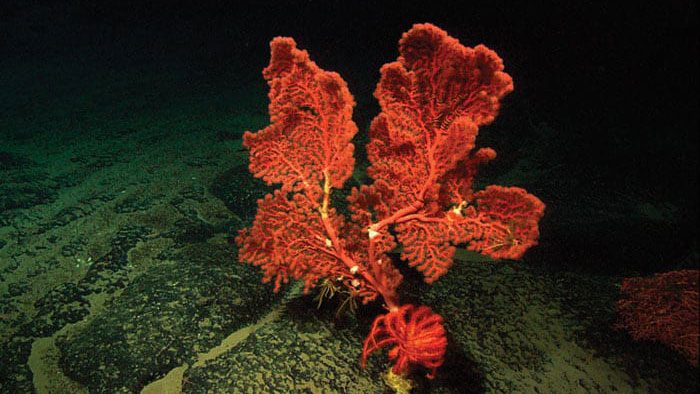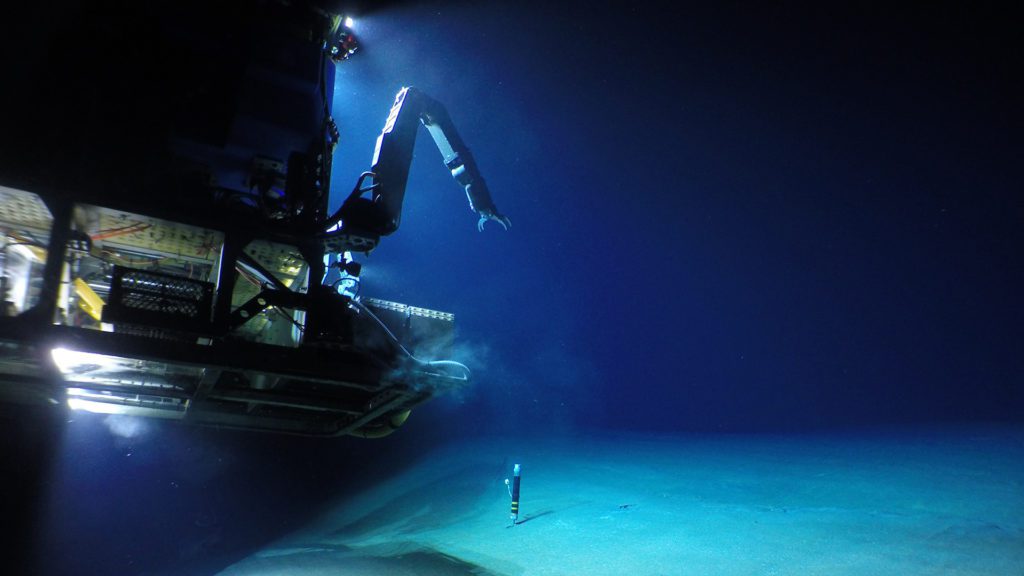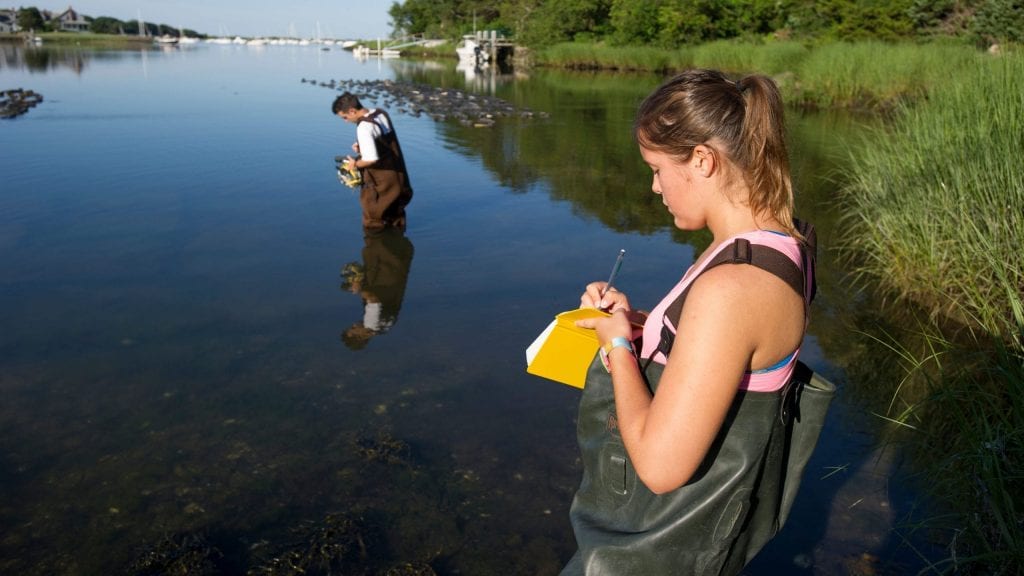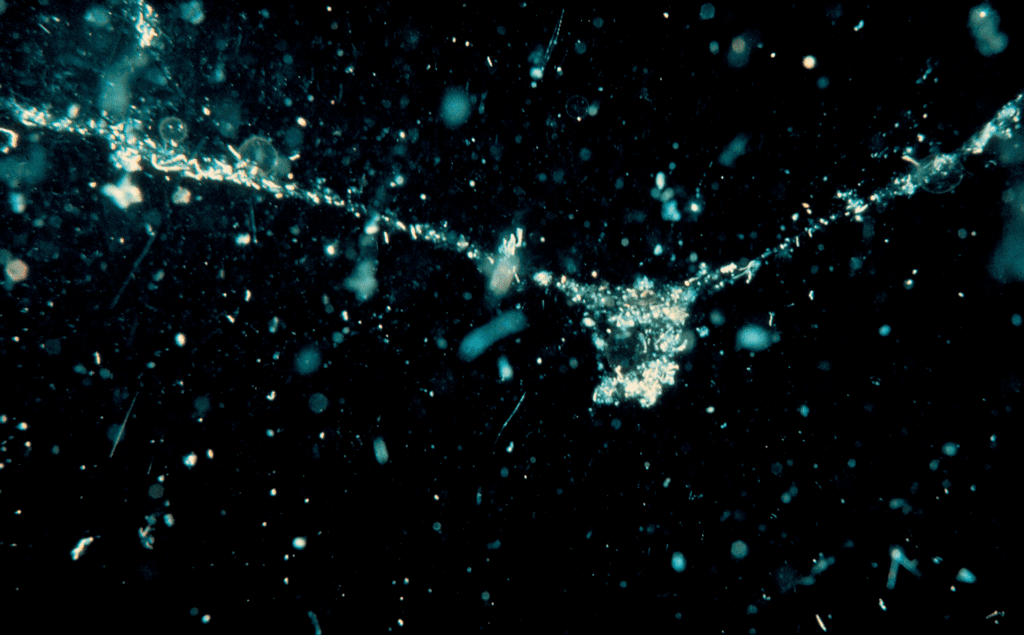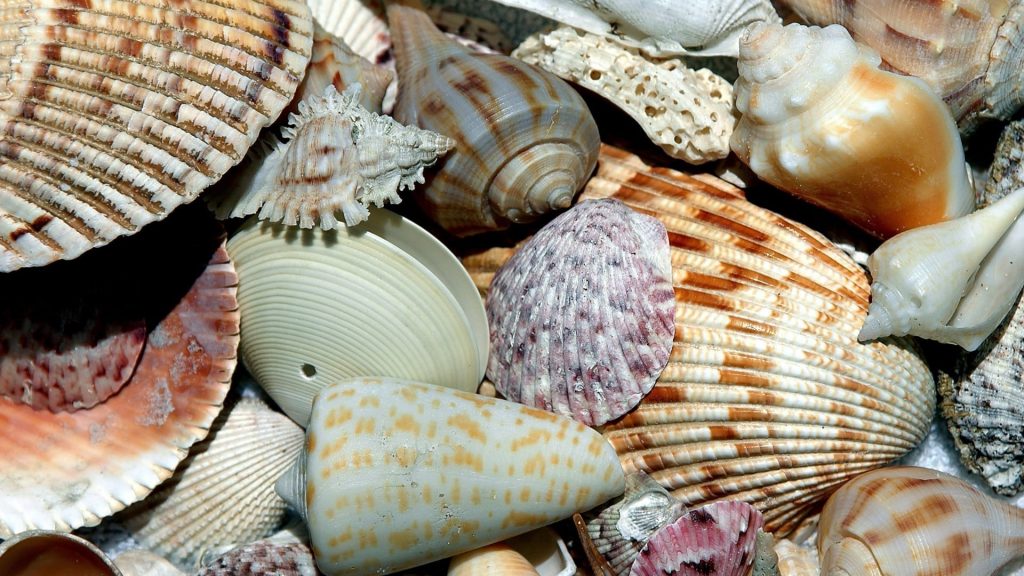Coral reefs, teeming with color and life, are often just a few degrees of temperature away from drying up into calcified skeletal forests. As ocean warming becomes more extreme, coral bleaching events, which occur when corals expel microscopic algae (microalgae) residing within corals’ tissues, are happening more frequently.
Corals and microalgae have a symbiotic relationship, meaning that they benefit from each other’s presence. Corals offer protection from the open ocean for microalgae and foster a healthy environment for them to grow and thrive in. In return, symbiotic microalgae provide corals with energy. They do this by producing the building blocks for larger molecules that corals need, such as sugar.
When you look at a coral reef and notice the vibrant colors, you’re actually seeing microalgae at work! This is where coral “bleaching” gets its name: when corals undergo bleaching, they lose their colors from the symbionts, leaving behind their bleached white skeletons.
It isn’t the loss of color that presents the largest concern to corals, however. Since microalgae are a crucial source of nutrition for corals, their absence can cause corals to become malnourished. A malnourished coral’s immune system, in turn, is more susceptible to potentially lethal diseases. Thankfully, corals can sustain themselves during bleaching events by drawing from their nutritional reserves and actively feeding on plankton in the water. Now, researchers believe that corals may be able to bolster these reserves by ingesting probiotics.
Just as humans use probiotics to prevent sickness and promote better health, the Reef Solutions team at Woods Hole Oceanographic Institution is trying to determine if common ocean bacteria known as Synechococcus, which are packed with lipids and proteins, can offer similar benefits to corals. The idea is that coral reefs’ ingestion of Synechococcus may help them withstand environmental changes by bolstering the nutritional reserves that corals depend on during periods of bleaching, cracking that window of opportunity for rejuvenation just a tad wider.
To test this in the lab, researchers are exposing corals to water with high concentrations of Synechococcus for several weeks, followed by water that’s warm enough to cause bleaching. The hope is that the probiotics will not only enable corals to stay alive during periods of warming but also increase the speed in which they rejuvenate when environmental conditions return back to non-stressful levels.
So far, the results look promising. Corals that fed on the probiotics grew larger and, after being exposed to heat stress, photosynthesized more efficiently than those that did not. Additional experimentation, however, is needed to confirm these findings and determine a path forward for conducting these experiments on a broader scale in the natural ocean.
RELATED VIDEOS
LEARN MORE
Deep-sea Corals
When most people think of corals, they think of the Great Barrier Reef off Australia, but deep in the ocean much smaller coral formations lie past the point where light penetrates.
NOAA. Zooxanthellae. https://oceanservice.noaa.gov/education/tutorial_corals/coral02_zooxanthellae.html
WHOI. Deep-sea Corals. https://www.whoi.edu/know-your-ocean/ocean-topics/ocean-life/coral/deep-sea-corals/
DIVE INTO MORE OCEAN FACTS
How do ocean robots take the pressure?
Find out how engineers build robots to withstand the crushing pressures of the deep sea
How do I become an oceanographer?
Like all scientists, oceanographers are curious. Students who are curious about all things ocean might make great oceanographers. So how do you become one?
Where does all the carbon go?
Explore the ocean’s critical role in carbon sequestration and how it could be a pathway to mitigate climate change.
How are seashells made?
One of the most striking features of our beaches is seashells. Their whorls, curves, and shiny iridescent insides are the remains of animals. But where do they come from?

